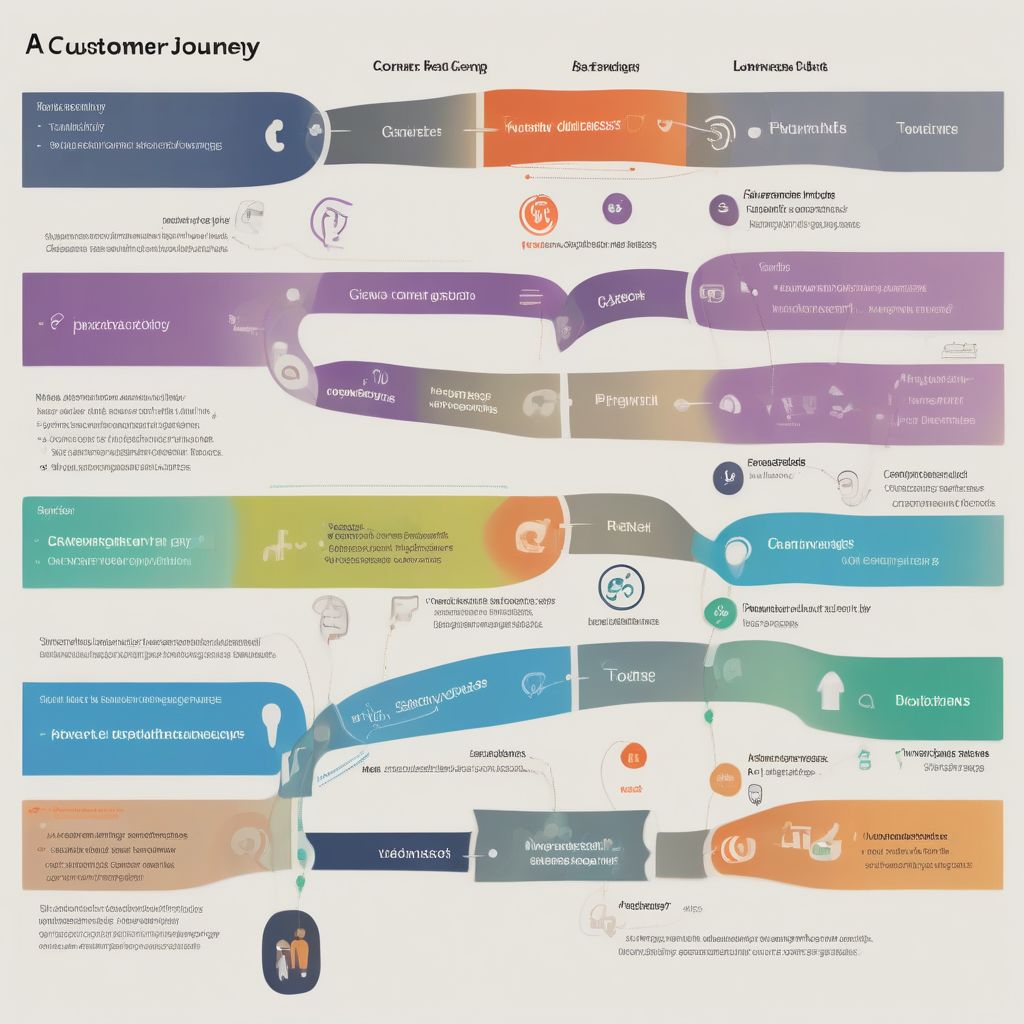Imagine walking into your favorite bakery. The owner greets you by name, remembering your usual order – a oat latte with a side of fruit and a gluten free blueberry muffin. They ask about your recent trip, showing genuine interest in your life. Feels good, right?
That’s the power of personalization. It transforms a transactional exchange into a meaningful interaction, making you feel valued and understood. In today’s digital age, where customers are bombarded with choices, personalization has become less of a nice-to-have and more of a need-to-have for businesses to thrive.
Why Personalization Matters in Customer Experience
In a world of one-size-fits-all approaches, personalization is a breath of fresh air. Here’s why it’s so crucial:
1. Fosters Stronger Customer Relationships: Just like that warm greeting at the bakery, personalized experiences make customers feel like more than just a number. It shows you see them, understand their preferences, and are invested in their needs.
2. Boosts Engagement and Loyalty: When customers feel valued, they’re more likely to engage with your brand, whether it’s opening your emails, returning for another purchase, or recommending you to a friend.
3. Drives Sales and Revenue: Let’s face it, personalization can boost your bottom line. By offering relevant product recommendations or timely promotions, you’re meeting customers where they are in their buying journey, increasing the likelihood of conversion.
4. Provides Valuable Data Insights: Every interaction a customer has with your brand, from browsing history to purchase patterns, offers valuable data. This data allows you to tailor your approach and deliver increasingly relevant personalized experiences.
 Personalized Customer Journey
Personalized Customer Journey
How to Implement Personalization Effectively
Now that we understand the “why”, let’s dive into the “how” of creating winning personalized experiences:
1. Know Your Audience (Really Know Them!): This goes beyond basic demographics. Leverage data analytics, conduct surveys, and really listen to your customers’ needs, wants, and pain points.
2. Segment Your Customers: Not all customers are created equal. Divide your audience into meaningful segments based on shared characteristics (e.g., demographics, buying behavior, interests) to deliver more targeted messages.
3. Personalize Across All Touchpoints: From email marketing to website experiences and even in-store interactions, ensure a consistent and personalized approach across all channels.
4. Start Small and Scale Gradually: Don’t try to boil the ocean! Begin with simple personalization tactics, like addressing customers by name in emails, and gradually introduce more sophisticated strategies as you gather data.
5. Respect Customer Privacy: Transparency is key. Be upfront about the data you collect and how you use it to personalize experiences. Give customers control over their data and preferences.
Real-World Examples of Personalization Done Right
Let’s see personalization in action with some brands that are nailing it:
- Amazon: The e-commerce giant is known for its personalized product recommendations based on past purchases and browsing history.
- Netflix: This streaming service curates personalized content suggestions based on your viewing habits and preferences.
- Spotify: The music streaming platform creates custom playlists and suggests new artists based on your listening history.
The Future of Personalization
The world of personalization is constantly evolving. Here are some trends to watch:
- Artificial Intelligence (AI): AI-powered personalization engines can analyze massive datasets in real-time to deliver hyper-personalized experiences.
- Voice Search Optimization: As voice assistants like Alexa and Siri become increasingly popular, brands need to optimize for voice search to deliver personalized experiences through these channels.
- Hyper-Personalization: This takes personalization to the next level by using real-time data and contextual information to deliver extremely tailored experiences.
Conclusion
In a world where customers crave authenticity and connection, personalization is no longer a luxury—it’s a necessity. By understanding your audience, implementing thoughtful strategies, and staying ahead of the curve, you can create personalized experiences that foster loyalty, drive sales, and make your brand stand out in the crowd. Remember, it’s about treating your customers like the unique individuals they are and providing value at every touchpoint.
[amazon bestseller=”customer experience”]
